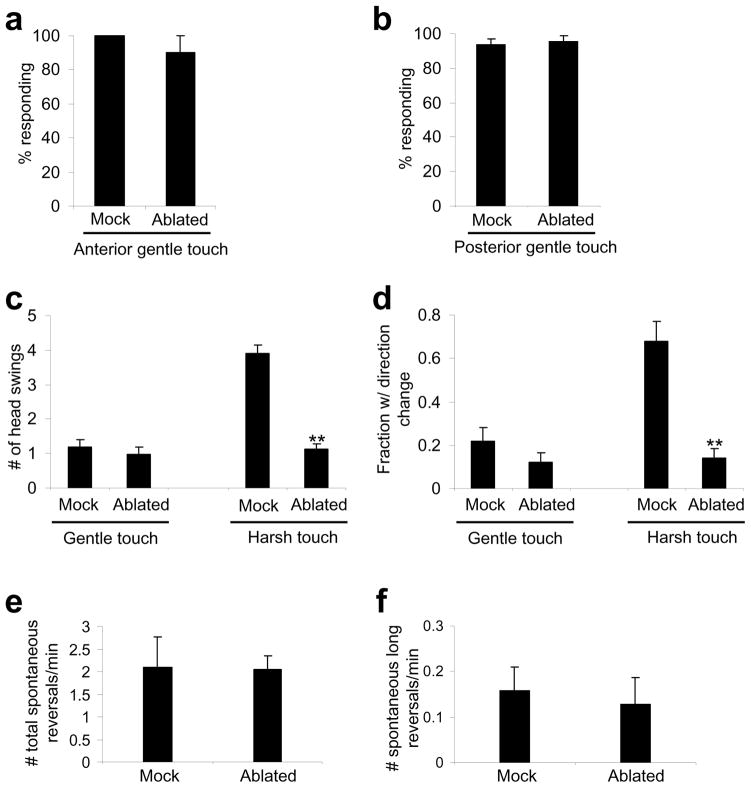Figure 7. Animals lacking harsh touch sensory neurons can no longer distinguish harsh touch from gentle touch.
(a) Worms lacking anterior harsh touch sensory neurons retain sensitivity to anterior gentle touch. All five anterior sensory neurons (BDU, SDQR, FLP, ADE and AQR) were ablated. Anterior gentle touch neurons (ALM and AVM) were not killed. n=10. Error bars: SEM.
(b) Worms lacking posterior harsh touch sensory neurons retain sensitivity to posterior gentle touch. PDE and PVD were ablated. The posterior gentle touch neuron PLM was not killed. n=10. Error bars: SEM.
(c) Worms lacking harsh touch sensory neurons responded similarly to harsh touch and gentle touch. All anterior harsh touch sensory neurons were ablated, and the ablated animals were assayed for anterior gentle and harsh touch responses. The number of head swings of backward movement triggered by anterior harsh and gentle touch was scored. Gentle touch sensory neurons were not killed. n=10. **p<0.0001 (ANOVA with Bonferroni test compared to mock). Error bars: SEM.
(d) The same worms in (c) were scored for the frequency of direction change following backward movement. n=10. **p<0.0001 (ANOVA with Bonferroni test compared to mock). Error bars: SEM.
(e) Animals lacking all anterior harsh touch sensory neurons show a normal frequency of spontaneous reversals. n=10. Error bars: SEM.
(f) Animals lacking all anterior harsh touch sensory neurons show a normal frequency of long reversals during spontaneous locomotion. Long reversals are defined as backward movement events with >3 head swings. n=10. Error bars: SEM.

